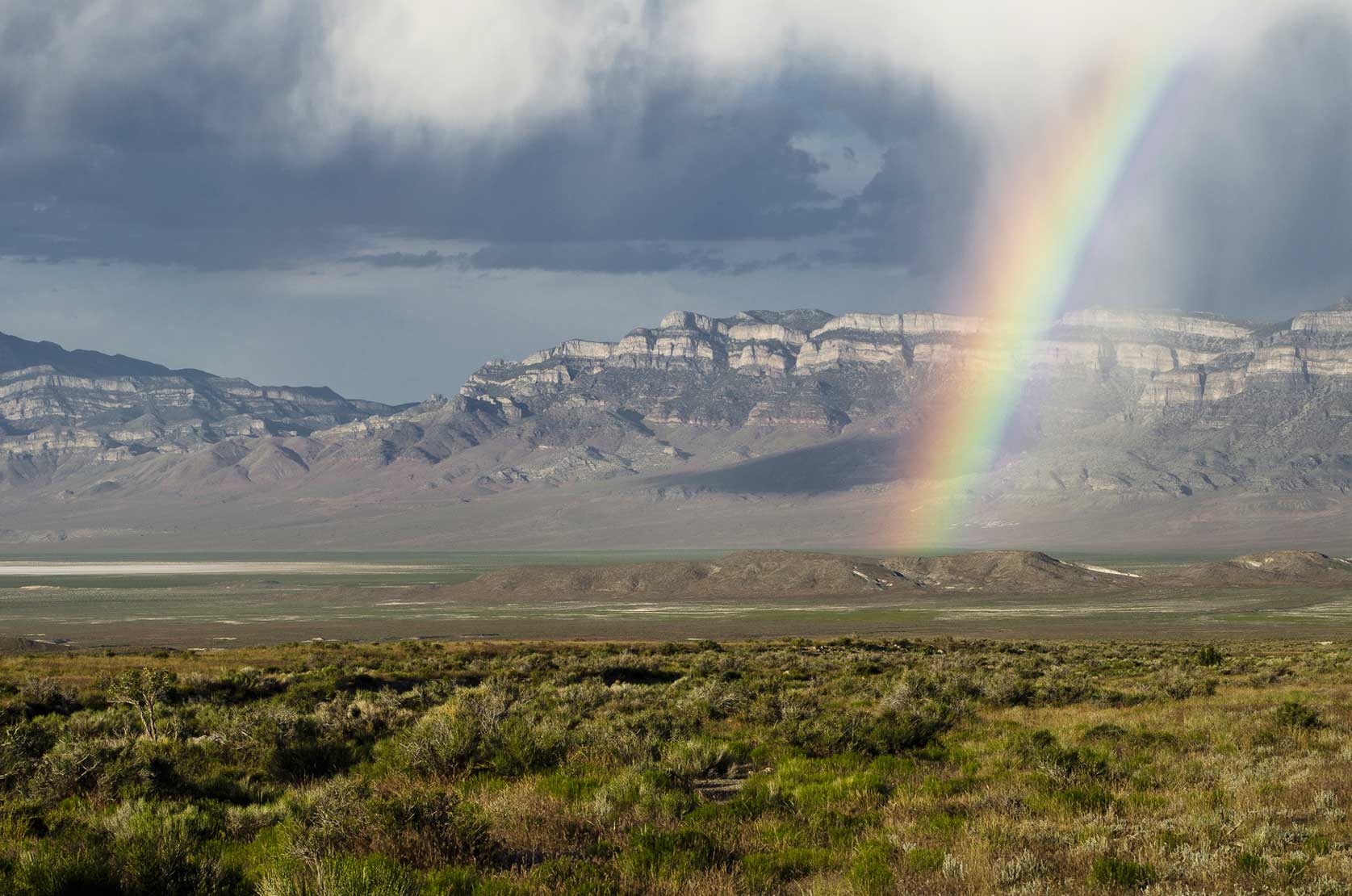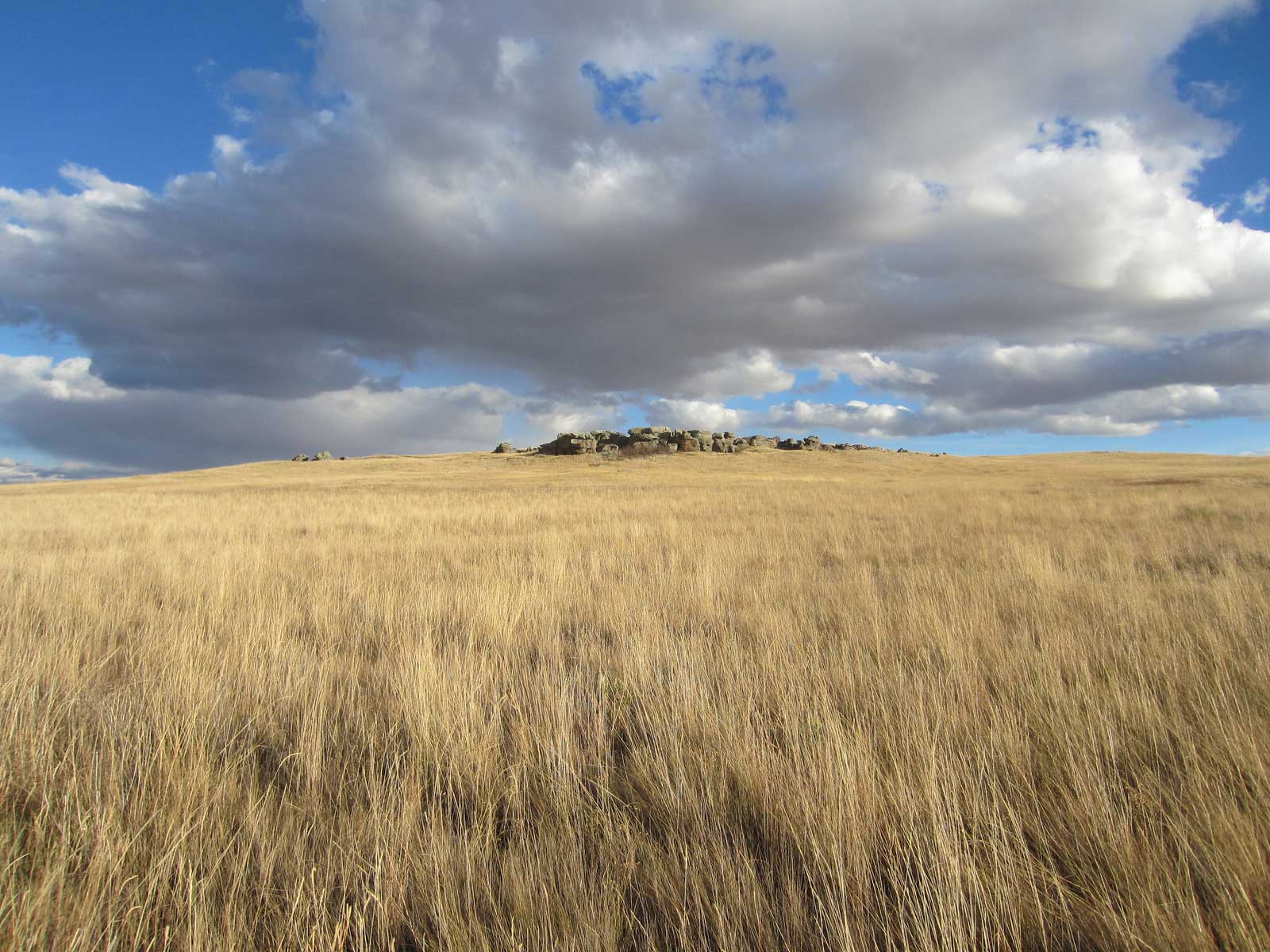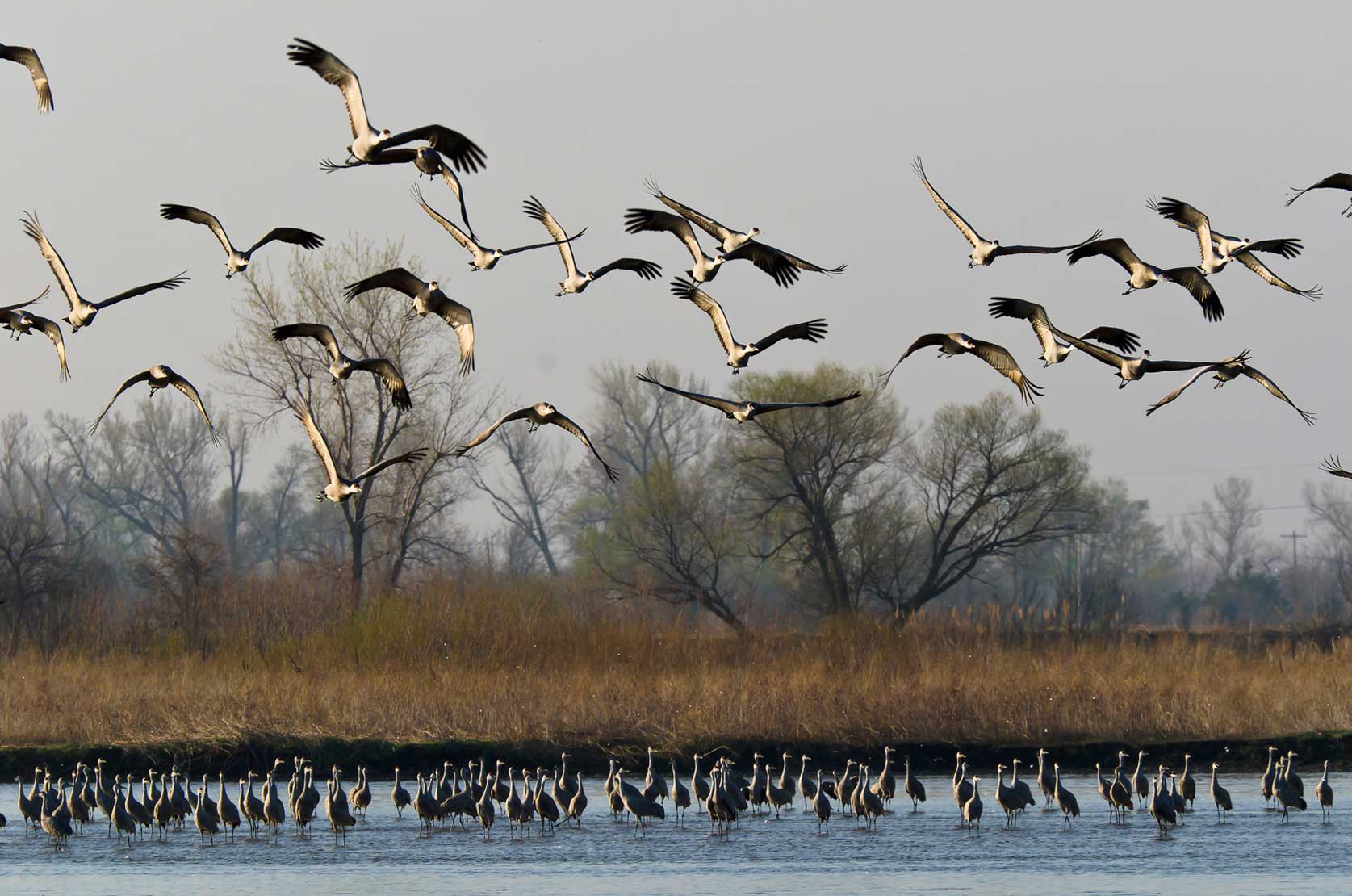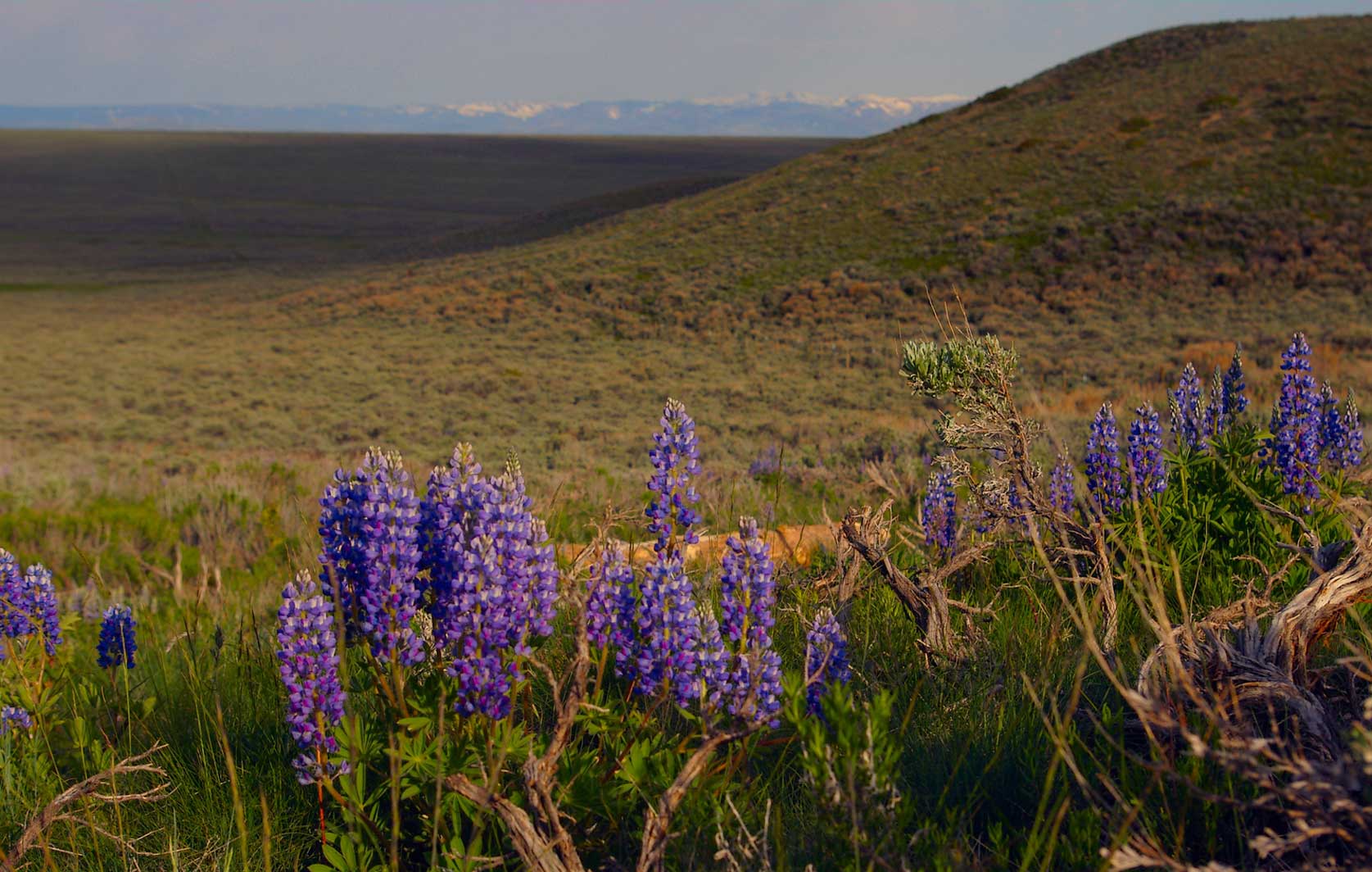News Release
Bi-State Distinct Population Segment of Greater Sage-Grouse Proposed for Protection Under the Endangered Species Act
For Immediate Release
October 25, 2013
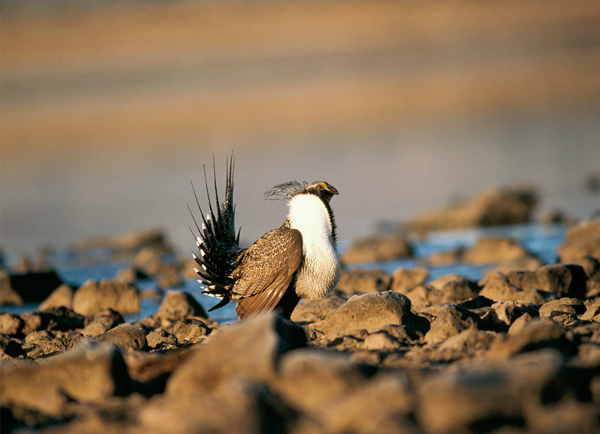
Special rule would allow flexibility for beneficial land management practices
RENO, Nev. – The U.S. Fish and Wildlife Service today proposed to protect the Bi-State Distinct Population Segment (DPS) of greater sage-grouse along the California-Nevada border as a threatened species under the Endangered Species Act (ESA). The proposal includes a special rule that would provide increased flexibility for land management practices that are intended to benefit the sage-grouse.
“We applaud the combined efforts of our federal, state and local partners, as well as private landowners across the species’ range, to address the significant challenges faced by the Bi-State DPS of greater sage-grouse,” said Ren Lohoefener, Regional Director of the Service’s Pacific Southwest Region. “These efforts are essential to the recovery of the species. Today’s proposal, based on the best available science, should not deter us from continuing our work on behalf of the Bi-State DPS and its important sage brush habitat.”
The DPS’s current range is limited to six population management units (PMUs) along the California and Nevada border, which is less than 50 percent of its historical range. Scientists predict that four of the six PMUs could be lost in the foreseeable future.
Today’s Bi-State DPS proposal is being considered separately from the petition for protection of the greater sage-grouse and will have no bearing on the future evaluation of the wider-ranging populations of greater sage-grouse. The sage-grouse is a large, ground-nesting bird known for elaborate courtship displays on its breeding grounds.
The special rule proposed for the Bi-State would allow increased flexibility in implementing actions that will help conserve sage grouse. For example, the Service will consider whether to exempt from ESA take prohibitions land management practices consistent with the Bi-State Sage Grouse Local Area Working Group Action Plan, which was finalized in 2012, thus removing the need for any additional regulatory review.
Signatories to this plan include the Bureau of Land Management, U.S. Forest Service, Natural Resource Conservation Service, U.S. Geological Survey, Nevada Department of Wildlife, California Department of Fish and Wildlife, and the Service.
U.S. Fish and Wildlife Service
Office of External Affairs
Mountain-Prairie Region
134 Union Blvd
Lakewood, CO 80228
303-236-7905
303-236-3815 FAX
www.fws.gov/mountain-prairie/



